|
Primarily, within my fresco work I have felt the forms and imagery to be unresolved and decided my main priority would be to develop my forms further and emphasize within them a sense of space, depth, and dimension. Early cubist painter Georges Braque once spoke about his work and that of Picasso as their "quest to portray space." I have been thinking about this use of space. During my midterm critique my peers pointed out similarities between my interests, my work, and the way that I approached these 3 dimensional forms. Cubism would portray their subject from a multitude of viewpoints in order to represent their subject in a greater context. It focuses on the "object of a painting" vs just a realistic representation of life. Thus the aim of painting is not to pretend that the viewer is looking through a window, but to make the viewer aware of the picture surface itself as well as the subject matter it depicts. I came in to graduate school primarily as a vessel maker and I have spent my time here exploring many means of making. While I have enjoyed hand building forms, I have as well missed working on my potters wheel. A week before my midterm critique I decided that I wanted to push myself further and strengthen form while incorporating the use of my wheel. I enjoy diving deep into my work, altering objects so that they have taken on a new form and new meaning than that of their primary cylindrical shape. In a sense, I am seeing within these basic shapes in the way that I see within my blank canvases. I have also been taking a screen printing class and working independently creating clay mono prints. I have enjoyed this way of working....building up layers and pulling prints. There are elements of surprise, collaboration, and depth that are discovered in my prints and that have always been qualities that I am attracted to. I found there to be a direct relationship between the way in which I build layers of color for my buon fresco and the way in which I build layers for the mono prints. Now that my peers have pointed out cubism, I can also see ways in which I can build forms that make my viewer aware of the image surface and dimension itself vs just the subject matter. I would like to approach my work in the way cubism does....using multiple points of view to emphasize the deeper context of my subject but as well to trick the mind and push this sense of time and space. I also wanted my wall pieces to have these 3 dimensional qualities. To collaborate with their surface and with their imagery. Within the technique of drop molds I have found ways in which to create these forms and avoid the intense cracking and weight I had issues with in my earlier pieces.
I have also been experimenting with buon fresco to discover ways I can better apply the fresco to a dimensional form, and recently attempted to work with more of a lime wash application technique. While the surface is not as smooth and does not have as many layers as the primary technique of application, I enjoyed the painterly depth that this created and plan to explore this further. While painting I wanted to continue practicing my mark making and create a variety of work between color and mark making for us to have conversation. After doing this and now reading about cubism, I am interested in the way in which Picasso and Braque restricted their pallet to earth tones and muted grays in order to lessen the clarity between the fragmented shapes of figures and objects. I appreciated in my paintings and forms the way in which the viewer must move around the piece in order to see the dimensionality that occurs in the object itself...something less noticeable due to the ways in which I painted it. My buon fresco class has finally begun! I have already learned a great deal about this difficult and historical technique…Buon fresco takes patience, practice, and great skill. While I am still learning the basics of this historical art form, I wanted to share some of the resources available to those interested in it. I am taking the workshop with the talented Michael Nichols who spoke of the fresco community as a small one, though it seems he has done a fantastic job creating the beginnings of a fresco network through his blog Buon Fresco 101. Within this site you will find information about the artists working with buon fresco, resources, information about materials, as well as the history of Buon Fresco. In the workshop we will be learning the traditional technique of buon fresco used by Diego Rivera for the many historical and breathtaking frescos he created across the world. I was excited to hear this and see Nichols refer to many of his murals, some I have seen while living in Mexico! Nichols explained that the technique of Buon Fresco can be very traditional and rigid in a sense, though there are modern and contemporary artists out there doing new and interesting things with it. During the beginning of the workshop while Nichols explained the process of creating the plaster tile/structure for buon fresco I immediately began to construct ideas of how this could be applied to my own work…especially my ceramics. Can I create my own armature to then fresco onto, creating a 3 dimensional fresco? YES! Barbara Sullivan is an artist Nichols referred me to. Can I create pieces that are part ceramic (glazed) and part fresco? I think so!! I am learning that the most important part of applying the plaster is that the surface have tooth/texture. There is also an artist that Nichols explained has explored sealing the fresco he painted in a bowl and filling it with water! I have a lot of ideas and it will take time and experimentation to see what I can accomplish. For this first blog I would like to share the beginning stage of my sketches I have created for the course. Later I will write about the process we used to create our own plaster for fresco. Nichols will be teaching us the simple way of applying the plaster to the back of ceramic tiles, as well as the larger version and stronger support of creating our own frame and structure to then apply the plaster in multiple layers. The images below show my beginning drawings that must remain simple black and white for the moment. It is important that the different values are easy to identify. These images show the process of tracing these on to tracing paper to later be transferred onto the fresco surface. You can see the subtle indentation of the image on the painting layer and I had begun painting the "verdaccio" which is the underpainting usually done in a yellow greenish color. Diego Rivera used a black verdaccio for his frescos. Michelangelo used the technique we will try which is pushing pin holes into the drawing to then pound gently a charcoal powder…leaving the charcoal line on the fresco surface. This is called “spolvero” or “pouncing.”
|
|
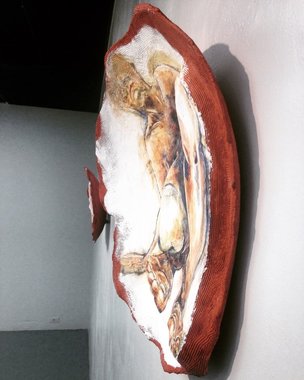

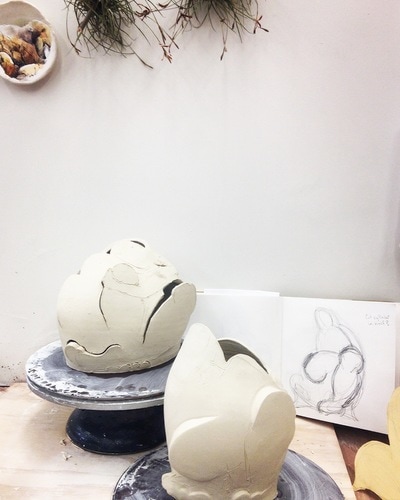
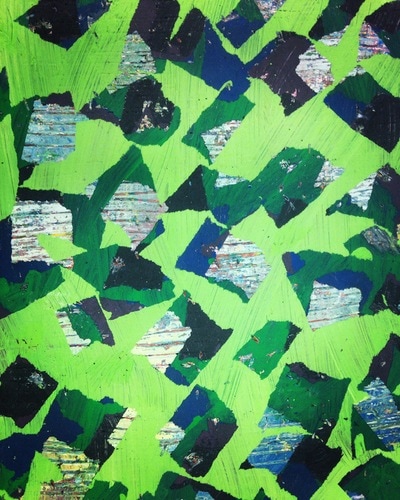

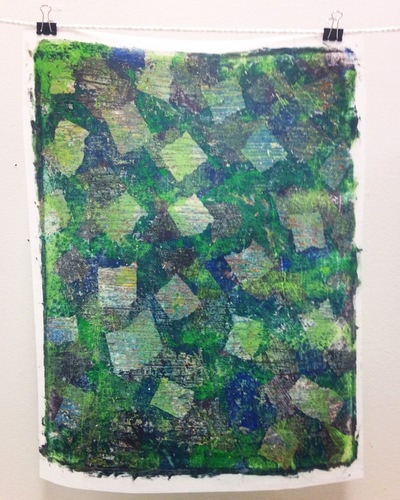

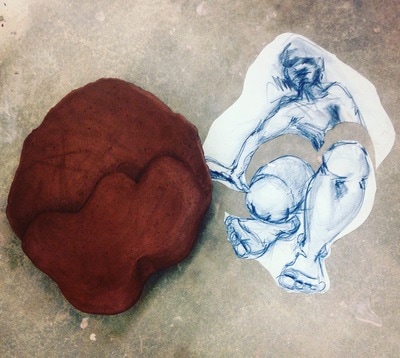

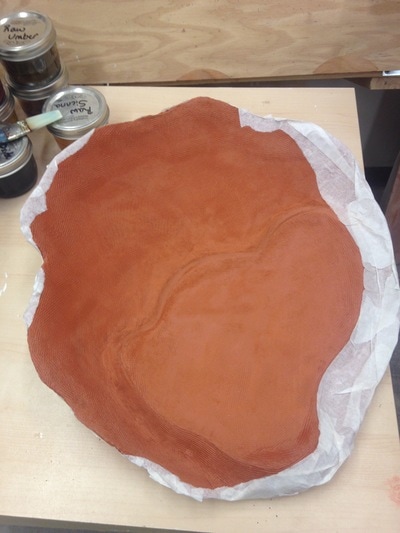
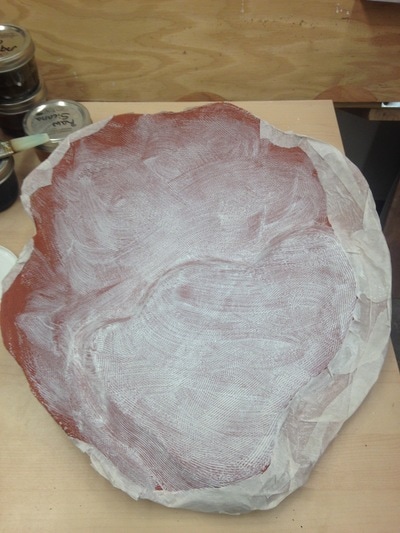

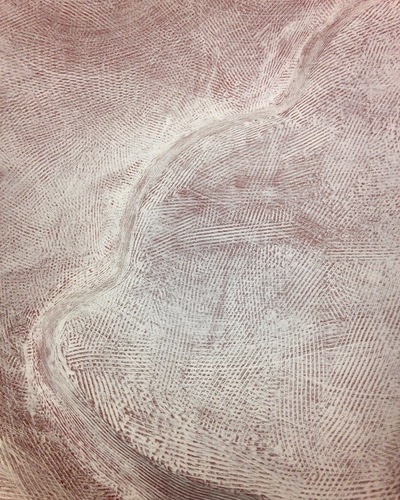

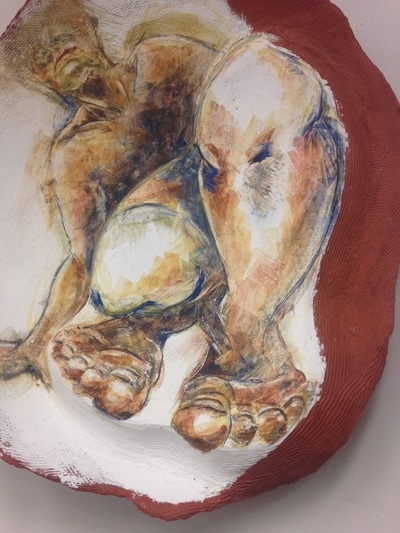

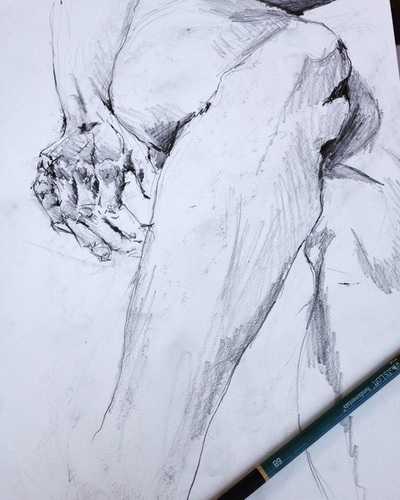
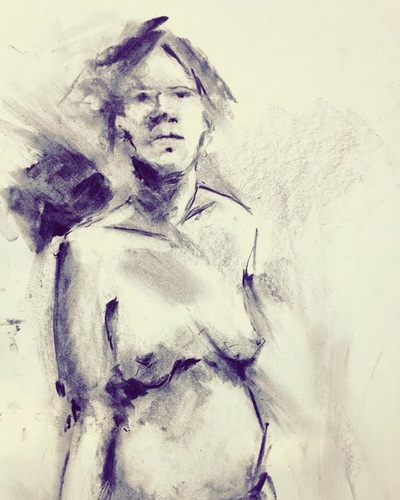
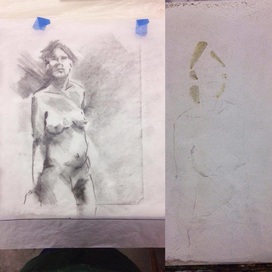
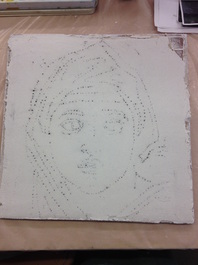
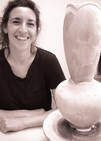
 RSS Feed
RSS Feed